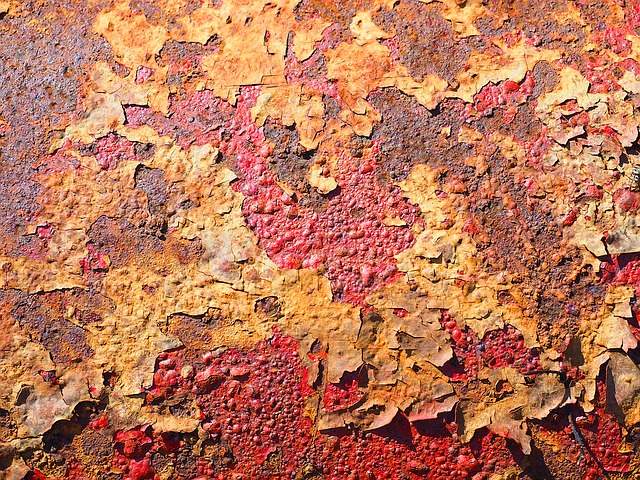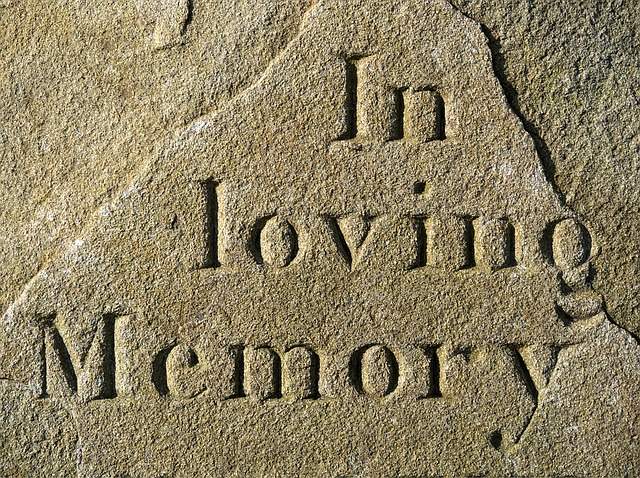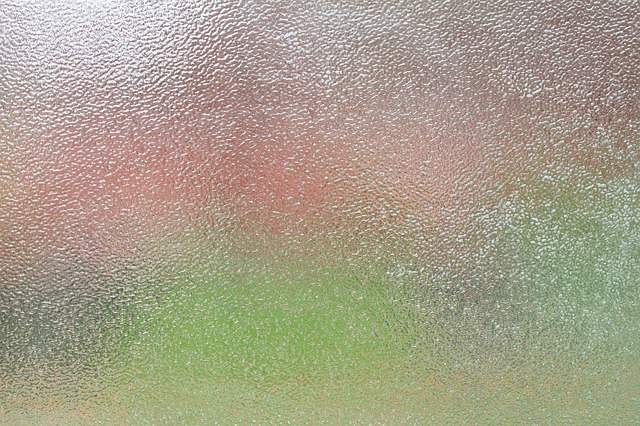Abrasive jet machining (AJM) is one of the modern machining processes where high velocity jet of abrasives mixed with dehumidified pressurized gas is made to impinge the work surface, which in turn removes material by mechanical erosion. Such material removal mechanism can be advantageously utilized for multifarious purposes including surface cleaning, deburring, abrading and even making holes. Common applications of abrasive jet machining process are provided below. It is to be noted that, irrespective of the purpose, abrasive jet machining (AJM) is beneficial only for hard and brittle materials. AJM should be avoided if work material is soft and ductile; otherwise quality of machined surface will be poor.
Applications of abrasive jet machining (AJM)
Work surface cleaning
Although sand blasting or grit blasting is economical for this purpose, abrasive jet machining (AJM) can also be applied if tight quality of finished surface is desired. AJM can be advantageously used for cleaning metallic or ceramic surfaces (substrate must be hard). Such cleaning processes include—
- Removal of oxide or corrosive layer from surface
- Removal of paint or coating layer
- Removal of stain mark
- Removal of glue, resin or other adhesive layer
- Removal of oil, grease or other smear
- Removal of foreign loose particles including soil

Deflashing and trimming
Flash is excess and unwanted material attached with main component of molded/cast/forged product. Controlled abrasive jet machining can be utilized for removing flash (known as deflashing) to get desired clean product with higher dimensional accuracy and tolerance as well as sumptuous appearance. AJM can also be used for various trimming applications in molding and forging.
Engraving

Engraving is the process of incising pattern, letter, art or design on a solid surface for decorative or artistic or formal purposes. When work material is hard and chemically inert (such as ceramics like stone, cement, etc.), engraving is quite a difficult task. As an alternative to laser beam machining, abrasive jet machining can also be applied for such purpose irrespective of chemical and electrical properties of work material. However, if work material is too soft, AJM should be avoided. Also a good appearance may not be obtained if engraving is carried out by AJM. Typical engraving applications for AJM includes—
- Incising person name or company name on nameplate
- Incising logo, serial number and other relevant information on product
- Incising registration number for vehicles
- Making decorative objects (intricate styles cannot be obtained by AJM)
Ceramic abrading and glass frosting
Non-corrosive abrading of ceramic materials can be carried out by abrasive jet machining (AJM). Very hard materials including glass, refractory, stone, etc. can be easily abraded by AJM in order to get finished surface having tight tolerance. AJM is also economic for producing frosted glass (glass with pitted surface at one or both sides to reduce transparency), especially when produced in large scale.

Deburring
When conventional machining operation is carried out, some unwanted tiny metal parts remain attached to the edges after the completion of operation, which are known as burr. Every conventional tool-based machining process inherently produces burr. Process of removal of burrs from machined surface is known as deburring. Abrasive jet machining (AJM) is one of the efficient methods for deburring of milled features and drilled holes, especially when work material is hard.
Cutting and drilling holes
Apart from above main applications of AJM, it can also be utilized for cutting various shapes as well as for drilling holes. However, holes, slots or pockets cut by AJM may lack accuracy as sharp corners cannot be obtained by this process.
Reference
- Book: Advanced Machining Processes by V. K. Jain (Allied Publishers Private Limited).
- Book: Nonconventional Machining by P. K. Mishra (Narosa Publishing House).